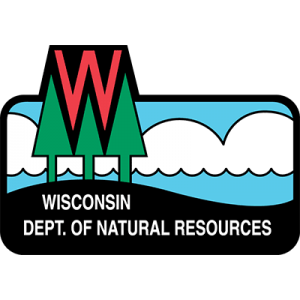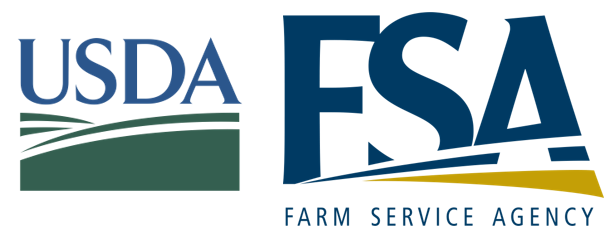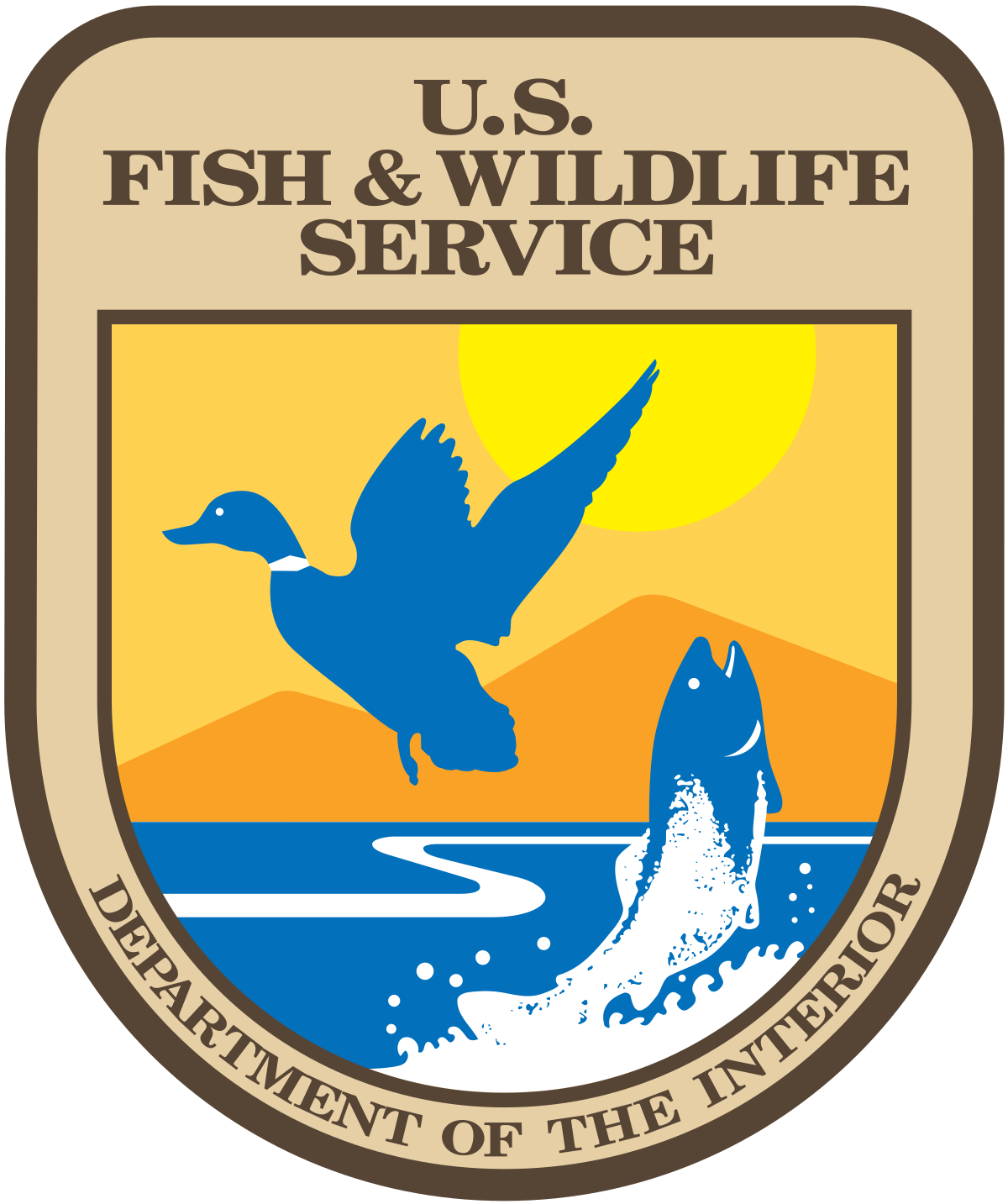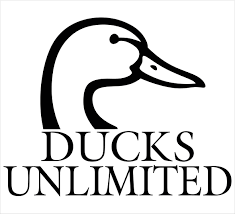The Land and Water Conservation Department (LWCD) manages federal, state and county programs that offer technical assistance and cost-sharing opportunities to help landowners and farmers install conservation practices, known as Best Management Practices or BMPs. These programs help address specific water quality issues while making conservation easier and more affordable for landowners. Interested in cost-sharing to install a conservation practice? Complete our general application form to get started.
 |  |  |  |
 |  |  |  |
County Funding |
|---|
WQIP (Water Quality Improvement Program)Established in 1998, the Water Quality Improvement Program (WQIP) is the primary method through which the LWCD supports landowners with conservation efforts. The program offers up to 70% cost-sharing for eligible Best Management Practices (BMPs).
|
SFP (Spirit Fund Program)Created in 2023, the Spirit Fund Program (SFP) leverages $3,030,000 in ARPA funds allocated by the Winnebago County Board to expand conservation efforts in the county. Designed to support this work over the next 10 to 15 years, the SFP offers up to 90% cost-sharing for eligible conservation practices. |
State Funding |
|---|
SWRM (Soil and Water Resource Management)Wisconsin's Soil and Water Resource Management (SWRM) grants are a state-funded program administered by the Department of Agriculture, Trade and Consumer Protection (DATCP) that provides financial assistance to counties and other cooperators for conservation practices. These grants support both staffing and cost-sharing agreements with landowners to implement conservation practices on the land.
|
MDV (Multi-Discharger Variance)By participating in the Wisconsin Department of Natural Resources (DNR) multi-discharger variance program for phosphorous, counties have access to financial resources for nonpoint source pollution control activities in specific watersheds.
|
CREP (Conservation Reserve Enhancement Program)Wisconsin CREP pays landowners to install filter strips along waterways or to return continually flooded fields to wetlands while leaving the remainder of the adjacent land in agricultural production. Landowners can enroll in 15-year agreements or permanent easements. CREP is a great option for those who farm or graze near rivers and streams, as it allows conservation on vulnerable areas while keeping nearby land in production. CREP is a joint effort between the federal, state and county governments. Landowners interested in enrolling in CREP can contact the LWCD or their local Farm Service Agency office to begin the application process.
|
FPP (Farmland Preservation Program)The purpose of the Wisconsin FPP is to help local governments that want to preserve farmland through local planning and zoning and to provide tax relief to farmers who participate. Farmers can qualify for tax relief if they sign a contract agreeing to keep the land in agriculture and by complying with conservation standards. Nepeuskun is the only township in Winnebago County currently eligible for the FPP. |
Federal Funding |
|---|
GLSNRP (Great Lakes Sediment & Nutrient Reduction Program)In partnership with Fox-Wolf Watershed Alliance (FWWA), Winnebago County received a grant through the GLSNR Program to provide incentive funds for producers to implement the soil health practices of cover crops, no-till, and low-disturbance manure applications into their farm operations.
|
NAWCA (North America Wetlands Conservation Act)NAWCA U.S. Standard grants are competitive, matching grants that support public-private partnerships carrying out projects in the U.S. that involve long-term protection, restoration, and/or enhancement of wetlands and associated uplands habitats for the benefit of all wetlands-associated migratory birds.
|
NFWF (National Fish & Wildlife Foundation)In partnership with FWWA, Winnebago County received a grant from NFWF to provide incentive funds for producers to implement the soil health practices of cover crops and no-till into their farm operations.
|
NRDA (Natural Resource Damage Assessment)The Fox River Natural Resources Trustee Council supports the long-term recovery, protection, and enhancement of the natural resources of the Lower Fox River and Green Bay system. Starting in the mid-1950s, paper companies and other handlers released PCBs into the Lower Fox River and Green Bay. These releases resulted in injuries to fish, wildlife, surface water, and sediments. Through a process known as Natural Resource Damage Assessment (NRDA), the Trustees assessed these injuries and entered into settlement agreements with the parties responsible for the PCB releases. Since 2002, the Trustees have recovered $90 million dedicated to the implementation of restoration projects that compensate for PCB-related injuries to natural resources. These funds have been allocated for over 220 restoration projects thus far.
|
